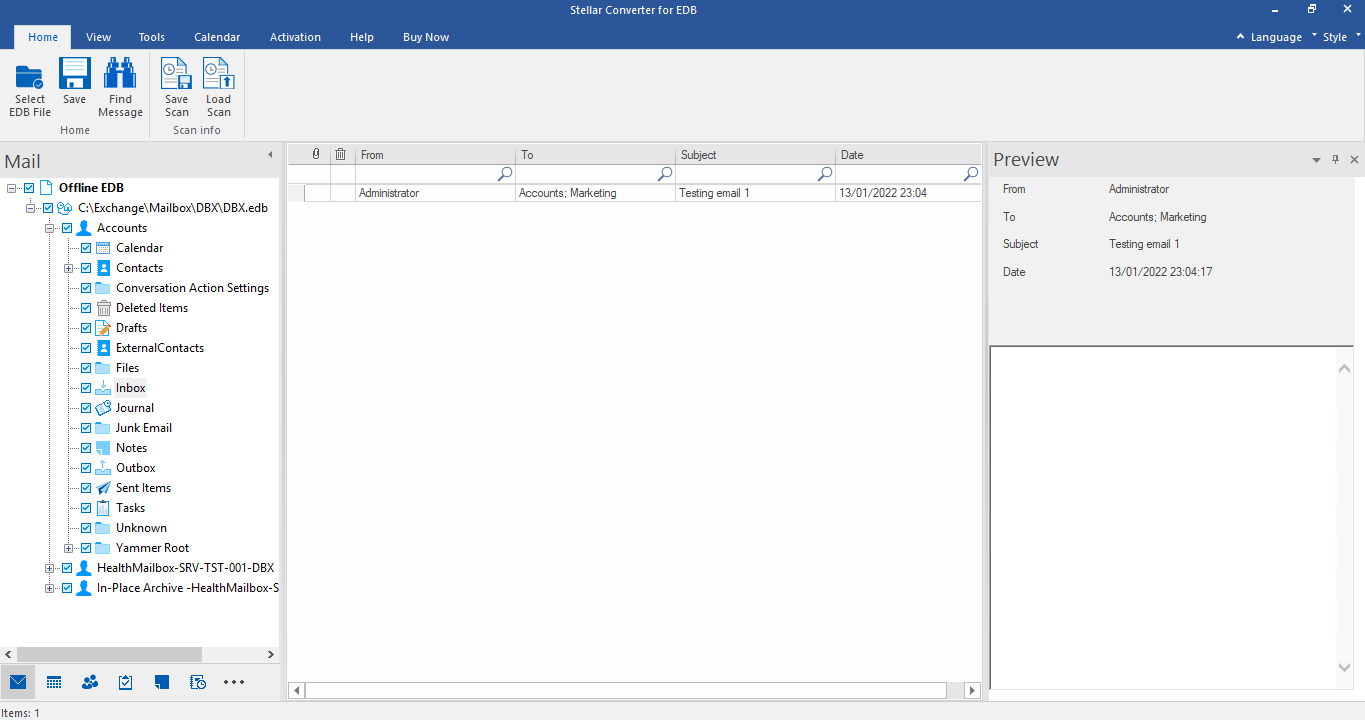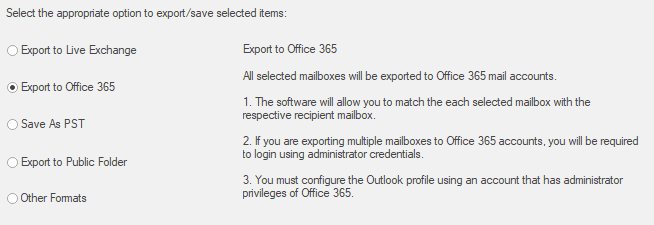In today’s data-driven business landscape, optimizing data workflows is essential for maximizing efficiency and gaining a competitive edge. Data Management Platforms (DMPs) have emerged as indispensable tools for businesses seeking to streamline their data operations and unlock the full potential of their data. By leveraging advanced technologies and capabilities, DMPs can transform business operations and drive growth. Let’s explore how DMPs can optimize data workflows and revolutionize business operations.

Centralized Data Management
One of the primary benefits of DMPs is their ability to centralize data management. Instead of dealing with disparate data sources and siloed systems, businesses can use DMPs to aggregate all their data into a single, unified platform. This centralized approach provides a holistic view of data assets and enables more efficient data management processes. Moreover, by consolidating data in one place, businesses can reduce complexity, improve data accessibility, and enhance collaboration across departments.
Streamlined Data Integration
Data integration is a critical aspect of optimizing data workflows, and DMPs excel in this area. Whether it’s integrating data from internal systems, third-party sources, or IoT devices, DMPs provide robust tools and capabilities for seamless data integration. Platforms like Hevo Data are instrumental in facilitating this process.
Traditional approaches to data integration, such as Extract, Transform, Load (ETL), and Extract, Load, Transform (ELT), have their strengths and weaknesses. It’s important to compare ETL vs ELT. ETL is ideal for batch processing and structured data, where transformation occurs before loading into the target system. On the other hand, ELT is gaining traction for its flexibility and scalability, particularly in modern analytics and big data scenarios.
Advanced Data Processing
Once data is integrated into the DMP, businesses can leverage advanced data processing capabilities to derive actionable insights. DMPs offer a wide range of tools and technologies for data processing, including batch processing, real-time processing, and machine learning. These capabilities enable businesses to analyze data at scale, uncover hidden patterns and trends, and make data-driven decisions with confidence. Whether analyzing customer behavior, optimizing supply chain operations, or predicting market trends, DMPs empower businesses to extract maximum value from their data assets.
Enhanced Data Governance and Security
Data governance and security are top priorities for businesses, especially in light of increasing data privacy regulations and cybersecurity threats. DMPs provide robust data governance and security features to protect sensitive data and ensure compliance with regulatory requirements. From access controls and encryption to audit trails and compliance reports, DMPs offer a comprehensive suite of tools for managing and securing data assets. By implementing strict data governance policies and security measures, businesses can mitigate the risk of data breaches and regulatory fines, safeguard their reputation, and build trust with their customers.
Agile Data Analytics and Reporting
In today’s fast-paced business environment, agility is key to success. DMPs enable agile data analytics and reporting by providing self-service analytics tools and intuitive interfaces. Business users can easily access and analyze data, create custom reports and dashboards, and share insights with stakeholders in real time. This agility empowers businesses to respond quickly to changing market conditions, identify opportunities and risks, and drive continuous improvement. Moreover, by democratizing data analytics, DMPs foster a culture of data-driven decision-making throughout the organization, enabling employees at all levels to leverage data to inform their actions and drive business outcomes.

Scalability and Flexibility
As businesses grow and evolve, their data management needs change as well. DMPs offer scalability and flexibility to accommodate changing business requirements and data volumes. Whether it’s scaling up to handle increased data processing demands or scaling out to support new data sources and use cases, DMPs provide the flexibility businesses need to adapt and thrive in a dynamic environment. Moreover, cloud-native DMPs leverage cloud computing infrastructure to provide on-demand resources and services, enabling businesses to scale their data operations dynamically based on demand.
Driving Innovation and Growth
By optimizing data workflows and unlocking the full potential of their data, businesses can drive innovation and growth. DMPs enable businesses to harness the power of data to uncover new insights, identify opportunities for optimization and innovation, and make data-driven decisions that drive business outcomes. Whether improving operational efficiency, enhancing customer experiences, or launching new products and services, DMPs provide the foundation for innovation and growth in the digital age. Moreover, by fostering a culture of data-driven decision-making, DMPs empower businesses to stay ahead of the competition and seize opportunities in an increasingly competitive marketplace.
Embracing Data Transformation
In conclusion, optimizing data workflows is essential for maximizing efficiency and gaining a competitive edge in today’s data-driven business landscape. Data Management Platforms (DMPs) are critical in transforming business operations by centralizing data management, streamlining data integration, enabling advanced data processing, enhancing data governance and security, facilitating agile data analytics and reporting, and providing scalability and flexibility. By harnessing the power of DMPs, businesses can drive innovation and growth, confidently make data-driven decisions, and stay ahead of the competition in an increasingly competitive marketplace. Additionally, considering the choice between ETL and ELT approaches in data integration further enhances the capabilities of DMPs, ensuring that businesses can tailor their data workflows to best suit their needs and objectives.





















